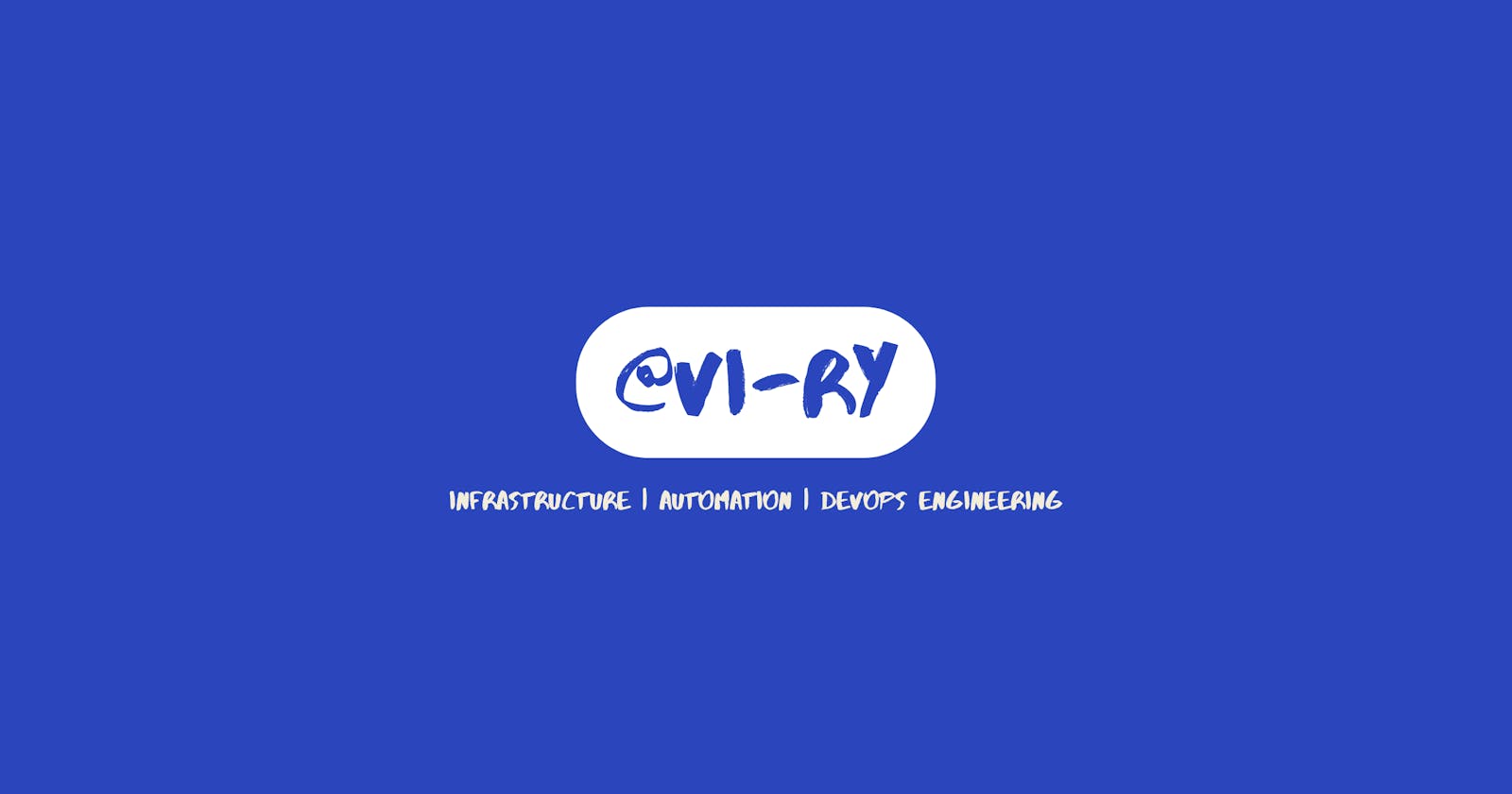Introduction:
In the interconnected world of networking, various protocols enable seamless communication between systems. Understanding these protocols and their corresponding port numbers is crucial for efficient data exchange. In this article, we will explore important protocols from different categories along with their associated port numbers.
Web Protocols:
HTTP (Hypertext Transfer Protocol): Port 80
HTTPS (Hypertext Transfer Protocol Secure): Port 443
Database Protocols:
MySQL: Port 3306
PostgreSQL: Port 5432
MongoDB: Port 27017
File Transfer Protocols:
FTP (File Transfer Protocol): Port 21
SFTP (SSH File Transfer Protocol): Port 22
SCP (Secure Copy Protocol): Port 22
Remote Access Protocols:
RDP (Remote Desktop Protocol): Port 3389
SSH (Secure Shell): Port 22
Telnet: Port 23
Email Protocols:
SMTP (Simple Mail Transfer Protocol): Port 25
POP3 (Post Office Protocol version 3): Port 110
IMAP (Internet Message Access Protocol): Port 143
VoIP Protocols:
SIP (Session Initiation Protocol): Port 5060
RTP (Real-time Transport Protocol): Dynamic port range
DNS (Domain Name System):
- DNS: Port 53
VPN (Virtual Private Network):
PPTP (Point-to-Point Tunneling Protocol): Port 1723
L2TP (Layer 2 Tunneling Protocol): Port 1701
IPSec (Internet Protocol Security): Port 500
SMB (Server Message Block):
- SMB: Port 445
DHCP (Dynamic Host Configuration Protocol):
DHCP Server: Port 67
DHCP Client: Port 68
NTP (Network Time Protocol):
- NTP: Port 123
SNMP (Simple Network Management Protocol):
- SNMP: Port 161
LDAP (Lightweight Directory Access Protocol):
- LDAP: Port 389
RADIUS (Remote Authentication Dial-In User Service):
- RADIUS: Port 1812 (Authentication), Port 1813 (Accounting)
NNTP (Network News Transfer Protocol):
- NNTP: Port 119
ICMP (Internet Control Message Protocol):
- ICMP: No specific port (used by network diagnostic tools such as Ping)
IGMP (Internet Group Management Protocol):
- IGMP: No specific port (used for managing IP multicast group memberships)
Conclusion:
Familiarizing yourself with these essential protocols and their associated port numbers is vital for effective network communication. Whether you're working with web applications, databases, remote access, email services, or any other network-dependent systems, understanding these protocols helps ensure smooth and secure data transfer. Stay knowledgeable about these protocols to navigate the complex world of networking with confidence.
Note: While the listed port numbers are the default ones, it's essential to consider that they can be customized based on network configurations and security requirements.

